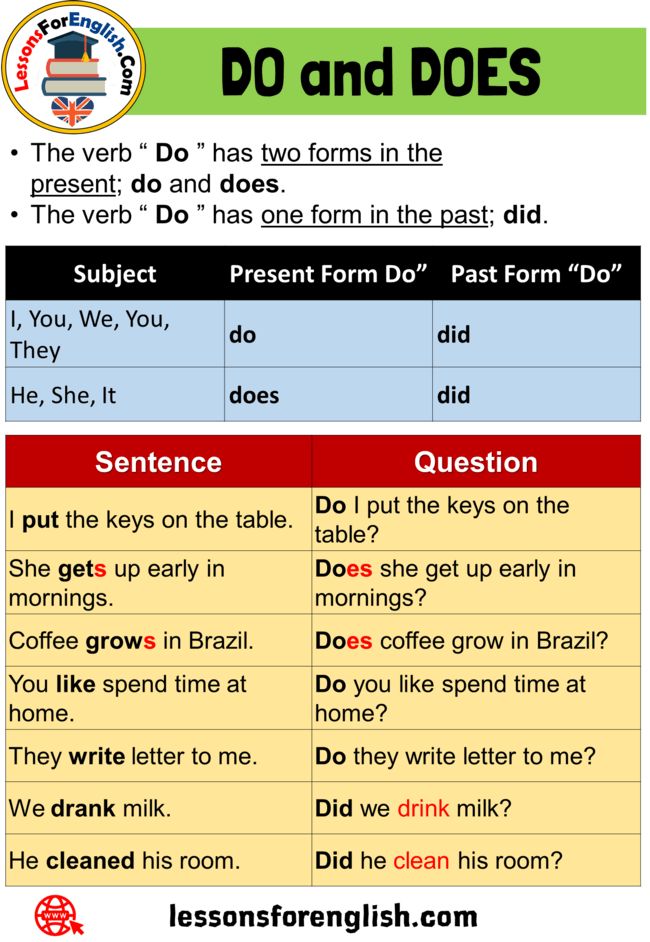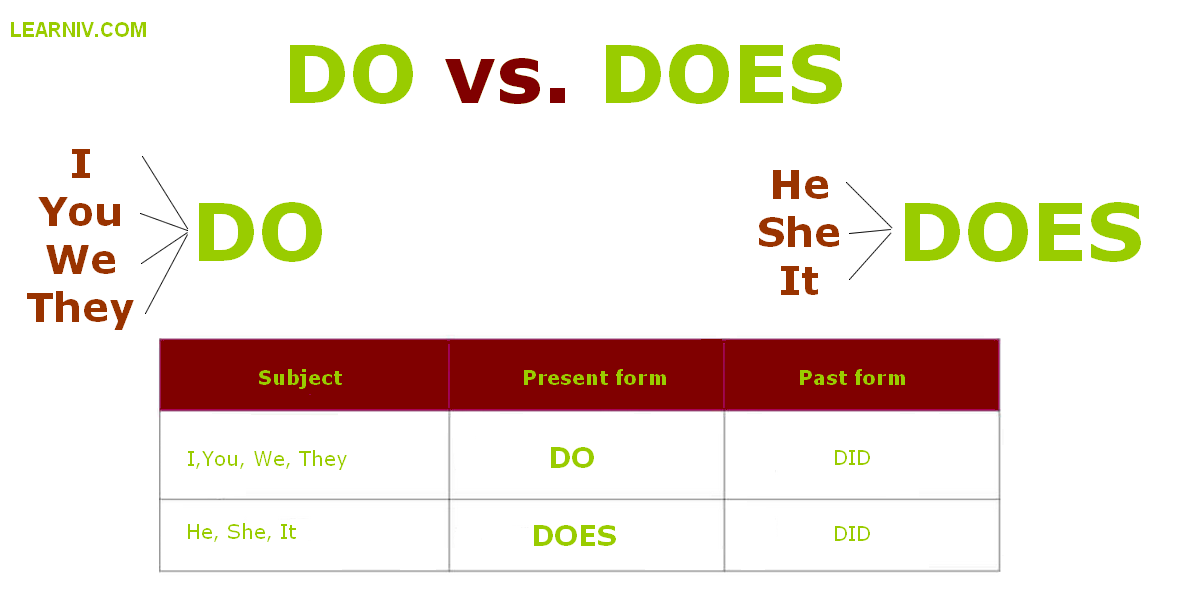Unlocking the Core Purpose of Marketing: Building Lasting Customer Value
Introduction: Understanding Marketing’s Central Purpose
In today’s dynamic business climate, marketing stands as the engine driving brand growth, customer loyalty, and commercial success. While businesses often view marketing as a means to boost sales, the main goal of marketing transcends simple transactions. It encompasses creating enduring customer relationships, delivering value, and supporting the core business objectives that sustain long-term profitability [1] .
The Main Goal of Marketing: Building Long-Term Customer Relationships
At its foundation, marketing’s primary purpose is to create long-term customer relationships . This means understanding customers’ needs, providing consistent value, and fostering loyalty that goes beyond one-off purchases. Businesses that prioritize customer relationships can achieve sustainable growth because repeat customers are typically more profitable and less costly to retain than acquiring new ones [1] .
For example, a SaaS company may invest heavily in customer support and community engagement, resulting in high renewal rates and lower churn. This focus on relationship-building not only ensures stable revenue but also turns loyal customers into brand advocates who attract new buyers organically.
How to Build Long-Term Customer Relationships
- Continuously gather feedback to understand evolving customer needs.
- Deliver exceptional value through personalized experiences and after-sales support.
- Engage customers via loyalty programs, exclusive offers, and community events.
Potential challenges include balancing personalization with scalability, adapting to changing preferences, and maintaining consistent communication. Solutions may involve using CRM systems to automate interactions and leveraging data analytics for timely insights.
Generating Revenue: The Tangible Outcome of Marketing
Another primary goal of marketing is to generate revenue for the business. Marketing fulfills this goal by influencing profitable customer actions, from initial awareness to conversion and retention [2] . Marketing campaigns are designed to educate, persuade, and motivate customers to purchase, directly impacting the company’s bottom line.
Consider an e-commerce platform launching a targeted ad campaign to promote its new product line. By segmenting audiences and optimizing messaging, the platform drives traffic and conversions, resulting in a measurable increase in sales.
Practical Steps to Drive Revenue Through Marketing
- Define clear revenue targets aligned with overall business goals.
- Segment your audience to tailor campaigns for maximum impact.
- Track performance metrics such as conversion rates and customer lifetime value.
Challenges include rising competition and ad fatigue. As alternatives, businesses can explore influencer partnerships, content marketing, and omnichannel engagement to diversify revenue streams.
Expanding Brand Awareness and Market Reach
Brand awareness is a foundational marketing goal that supports all other objectives. Without recognition, even the best products may struggle to gain traction. Effective marketing increases visibility, builds credibility, and positions your brand as a trusted solution [5] .
For instance, tech startups often use PR campaigns and thought leadership to establish authority and visibility. Over time, increased brand awareness leads to higher website traffic, more inbound leads, and greater market share.
Steps to Grow Brand Awareness
- Leverage social media platforms to share valuable content and stories.
- Participate in industry events and partnerships to boost credibility.
- Optimize your website and online presence for search engine discovery.
Common challenges include noisy markets and limited budgets. To overcome these, brands can prioritize organic growth through content marketing and community building.

Source: boosterpages.net
Lead Generation and Sales Enablement
Marketing also plays a crucial role in generating high-quality leads and enabling sales teams. By attracting and nurturing prospects, marketing helps convert potential customers into paying clients, thereby supporting revenue objectives [3] .
For example, a B2B company may use webinars and gated content to capture leads, then employ automated email nurturing sequences to guide prospects through the sales funnel.
Implementing Lead Generation and Sales Enablement
- Create valuable resources (eBooks, guides) to attract qualified leads.
- Use marketing automation tools to segment and nurture leads.
- Align marketing and sales teams to streamline conversion processes.
Challenges include ensuring lead quality and avoiding misalignment between marketing and sales. Solutions involve regular interdepartmental communication and shared performance metrics.
Establishing Industry Authority
Marketing is vital for establishing industry authority . By positioning your brand as a thought leader, you build trust, drive engagement, and create differentiation in competitive markets. Authority can be developed through publishing expert content, participating in industry panels, and earning media coverage [3] .
For instance, a financial services firm may publish in-depth research reports and opinion pieces, earning citations and media mentions that reinforce its expertise.
How to Build Industry Authority
- Publish authoritative content on trending industry topics.
- Engage with professional associations and participate in conferences.
- Earn media mentions through PR outreach and expert commentary.
Challenges include maintaining credibility and keeping up with industry changes. Businesses can overcome these by investing in continuous learning and collaborating with recognized industry experts.
Increasing Customer Value and Engagement
A key marketing objective is to increase customer value -the total worth a customer brings to your business over their lifetime. This is achieved by enhancing product offerings, delivering exceptional experiences, and encouraging repeat purchases [3] .
For example, an online retailer may implement a tiered loyalty program, rewarding customers for frequent purchases and providing exclusive deals to VIP members.
Steps to Boost Customer Value
- Introduce loyalty programs and targeted promotions.
- Solicit feedback and continuously improve your offerings.
- Deliver personalized experiences to increase engagement.
Challenges include balancing rewards with profitability and managing program complexity. Alternatives include focusing on customer education and support to increase satisfaction and referrals.
Crafting Your Marketing Strategy: Step-by-Step Guide
To achieve these goals, begin by aligning your marketing objectives with your broader business strategy [4] . Here’s a step-by-step approach:
- Define your primary business goals (e.g., revenue growth, market share expansion).
- Break down these goals into specific, measurable marketing objectives (e.g., increase website traffic by 25% in six months).
- Identify your target audiences and understand their needs.
- Develop marketing campaigns tailored to each segment.
- Track and measure performance using KPIs such as customer retention, lead conversion, and brand engagement.
- Continuously refine your strategy based on data insights and changing market conditions.
If you need help creating a marketing plan, consider consulting with a certified marketing strategist or searching for “marketing strategy development” through professional associations like the American Marketing Association for vetted guidance.
Alternative Approaches and Additional Pathways
While the traditional goals of marketing revolve around customer relationships, revenue, and brand authority, alternative approaches may focus on social impact, sustainability, or community building. For businesses with unique missions, marketing can be tailored to support specific outcomes, such as nonprofit fundraising or environmental advocacy. To find resources tailored to your goals, search for relevant professional organizations in your sector or contact local business development centers for guidance.
Key Takeaways
The main goal of marketing is to build lasting customer relationships that create sustainable value for both the business and its clients. By aligning marketing activities with clear business objectives-such as revenue generation, brand awareness, and customer engagement-organizations can achieve measurable growth and maintain competitive advantage.
If you’re looking to develop or refine your marketing strategy, start by defining your business goals, understanding your customers, and implementing campaigns that deliver real value. For further assistance, consult with a reputable marketing firm or search for resources through industry associations and professional networks.

Source: creationinfoways.com
References
- BGCO.ca (2025). The Primary Goal Of Marketing: Create Long-Term Customer Relationships.
- CoSchedule (2022). Understanding the Core Goals of Marketing for Business.
- Marinoid (2023). What Are The Five Primary Goals Of Marketing?
- Adobe Business Blog (2023). How a Marketing Strategy Helps Achieve Business Goals.
- Workamajig (2024). Marketing Goals & Objectives: Setting & Achieving Them.
MORE FROM todayhiring.us













